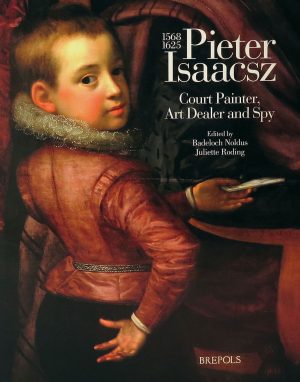Volume 3 of the museum’s research series is an English-language anthology tracing the three generations of the Dutch artist family the van Manders. In 1604, the Flemish visual artist, poet and art historian Karel van Mander published the seminal work Het Schilderboek, both an art theory textbook and an introduction to the history of art beginning with antiquity. The book had great influence on contemporary Dutch artists and on later works about art history.
Among the many artists influenced by the elder Karel van Mander was his own son of the same name, Karel van Mander II, who became a talented tapestry weaver. In Delft, he created a great series of tapestries for the Danish King Christian IV for use in Frederiksborg Castle. These represented important events from the king’s own life – his coronation and episodes from the war against Sweden in 1611–13.
After the sudden death of Karel van Mander II, his widow travelled to Denmark, where one of their sons – also named Karel van Mander – would later become a leading portrait painter at the Danish court. Karel van Mander III was fluent in every format, painting everything from miniatures to full-length portraits of full-size figures. His subjects included members of the royal family, prominent nobles, wealthy citizens and scholars and writers of the time, with whom he socialised at his distinguished home in Østergade.
At home, his wife Marie ran an exclusive guest house, and Karel van Mander III spent his time not only painting, but also composing poetry and collecting scientific, historical and ethnographic objects for his private library and art collection. His scientific interests are reflected in the exact anatomical drawings he made for Dr. Thomas Bartholin’s investigations based on dissections of cadavers. Karel van Mander III also painted historical paintings illustrating past events, as well as scenes from literature, mythology and the Bible.



